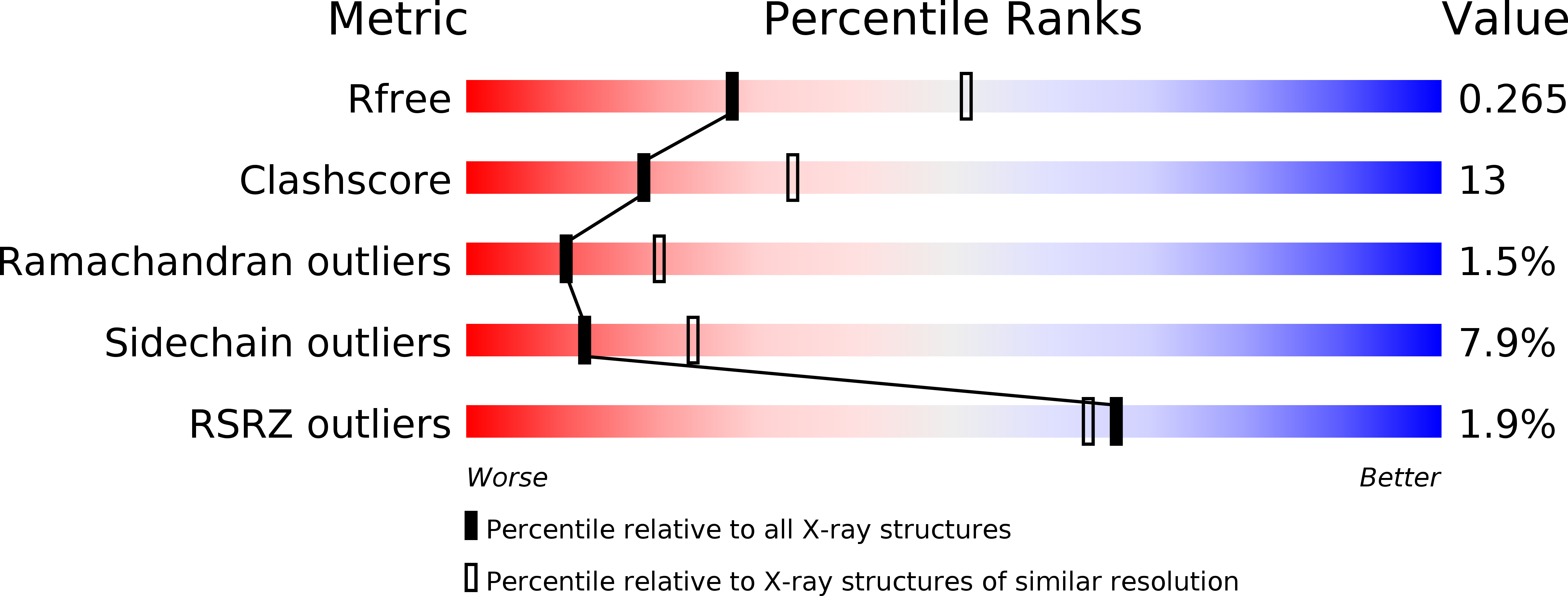
Deposition Date
2019-10-21
Release Date
2020-08-05
Last Version Date
2024-11-06
Method Details:
Experimental Method:
Resolution:
2.58 Å
R-Value Free:
0.25
R-Value Work:
0.19
R-Value Observed:
0.19
Space Group:
H 3 2


